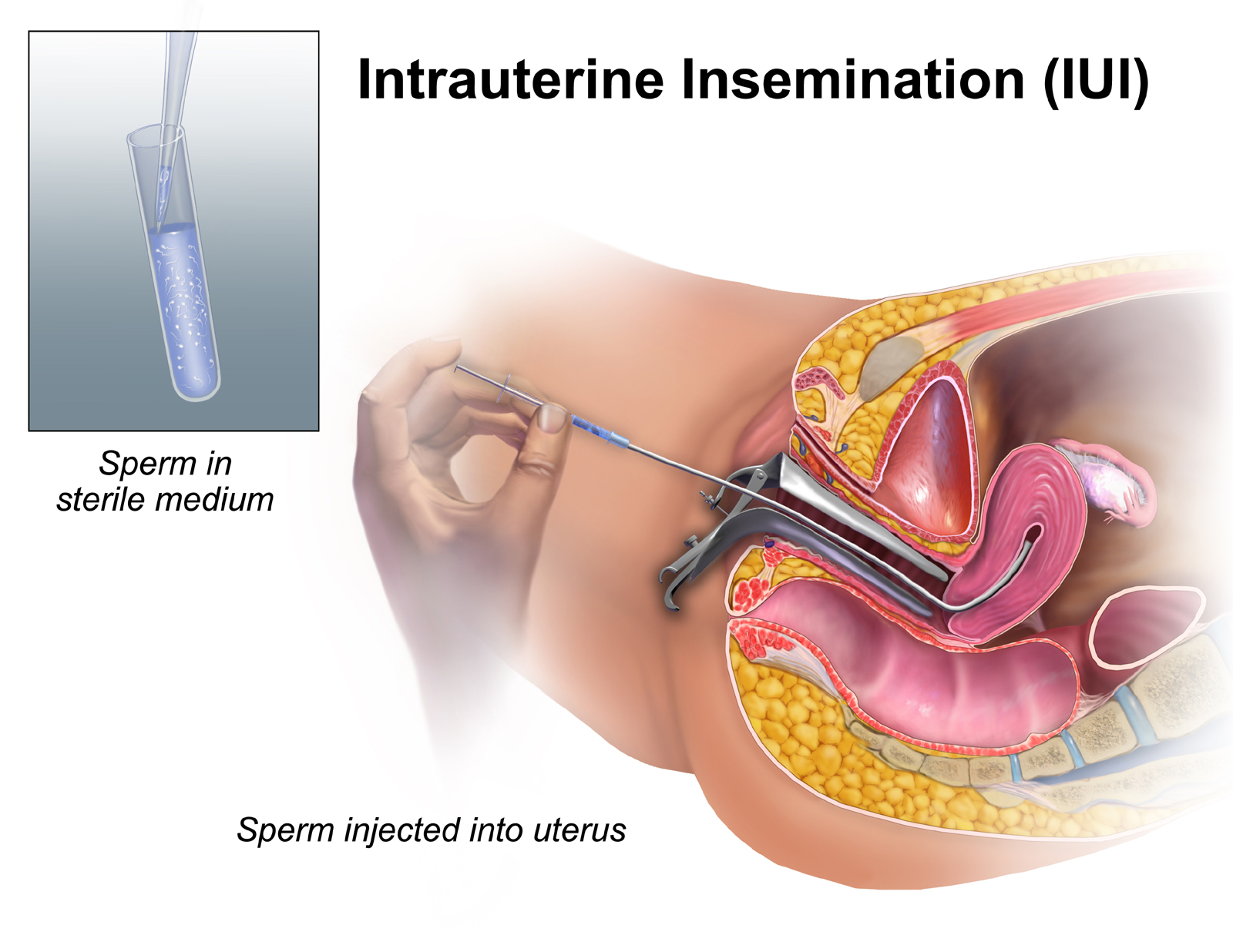
Surrogacy is the practice of another woman medically evaluated as suitable agreeing to become pregnant for a hopeful couple that cannot easily conceive a child of their own. It’s an age-old practice that is even mentioned in the Christian Bible as a way for some key figures to carry on their family legacy.
However, as old as surrogacy is, there have been a lot of changes in the way this method is carried out, especially in the 21st century. For example, centuries past, the only way for a successful surrogacy to occur was the “old fashioned way,” where a man had to have sexual intercourse with the surrogate mother candidate in order to fertilize an egg so an embryo could grow into a baby.
This, unsurprisingly, creates emotional complications for many couples, as the reproductive act is often also considered an act of extreme emotional intimacy reserved for people with strong relationship bonds. In the modern era, there are now alternatives to the traditional act of sexual intercourse, and artificial insemination procedure in surrogacy is now what is most commonly practiced. But how does surrogacy work with artificial insemination?
A Fertility Treatment
Artificial insemination is commonly referred to as intrauterine insemination or IUI. The concept behind it is comparatively simple. Rather than conventional sexual intercourse to place sperm in a woman’s uterus, a syringe containing prepared sperm is connected to a catheter, a long, flexible tube. The catheter is inserted deep into a woman’s uterus, and the sperm is injected, depositing it deep into the uterus.
In the past, artificial insemination was largely used as a fertility treatment. In some cases, a man would be diagnosed as having a low sperm count or even “weak” sperm that had difficulty moving the required distance to seek out and fertilize an egg. The IUI technique solved this issue by depositing the sperm much deeper into the uterus, placing the sperm much closer to the waiting egg, and thus allowing smaller amounts of sperm or less motile sperm to overcome their challenges and successfully fertilize an egg.
In this case, the IUI technique is perfect for a more clinical procedure for impregnating a surrogate mother candidate that no longer requires people to complicate a professional relationship with potential emotional intimacy issues. However, while the IUI process is now commonly practiced throughout the world—and can even be attempted at home with the right training and equipment—there are still many advantages to having this insemination procedure in surrogacy done by professionals at an agency.
Here are a few of the reasons why a professional IUI procedure can yield better results.
Washing Sperm
A crucial procedure that dramatically increases the chances of successful fertilization is a technique colloquially referred to as “washing sperm.” With normal ejaculation, there is healthy sperm, less healthy sperm, and “debris,” which is a mix of enzymes, proteins, and additional fluids that have no bearing on the fertilization process.
“Washing sperm” consists of using a centrifuge several times to first separate the healthy sperm from the less healthy sperm and other waste materials and then adding the desired sperm to a human tubal fluid, or HTF, that nourishes and preserves them. This dramatically reduces the possibility of lower-quality, defective sperm fertilizing an egg and increases the chances of successful fertilization. This also removes certain chemicals that may cause discomfort for women upon insertion, so it is a very beneficial process.
Medical Monitoring
Another advantage of having a surrogacy agency conduct the IUI technique is the increased chance of success due to medical supervision. While it is certainly possible for a surrogate mother to use a personal calendar and attempt to calculate when she is at her most fertile period, a good surrogacy agency can greatly enhance this process with attentive medical supervision.
In other words, blood tests, ovulation kits, and even ultrasound testing can all be administered to closely monitor the condition of ovulation and ensure that the IUI procedure is administered during the period when the chances of fertilization have been medically confirmed to be at their highest level.
A Modern Necessity
Artificial insemination is the safest—and perhaps more importantly—the most effective and efficient way to ensure a high rate of success for fertilization in a surrogacy situation. Modern techniques are professional and clinical and remove layers of complication that older, traditional methods of sexual intercourse unavoidably introduced into surrogacy scenarios.
With today’s IUI techniques, hopeful families that want to work with a surrogate mother can expect professional and timely procedures, monitoring, updates, and results as long as they are willing to research how surrogacy works to facilitate this process. It is just a matter of being diligent about research, reaching out to the right, qualified surrogacy agency, and ensuring that, when working with an agency in another country, both communication and specific surrogacy needs are understood and addressed.

